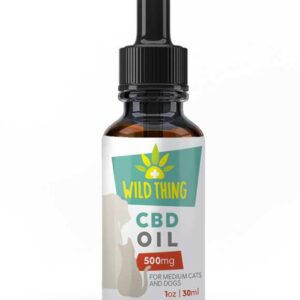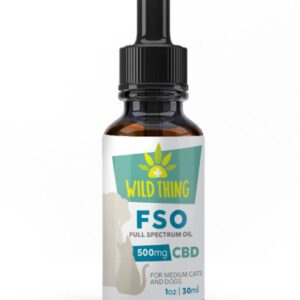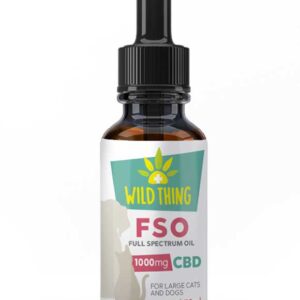Staphylococcal dermatitis is the most common type of staph infection seen in dogs. It is a bacterial skin infection that causes inflammation of the skin and redness in affected areas.
The bacteria that actually causes the condition, naturally resides in the skin. As long as the skin remains healthy, it causes no issues. Problems only occur once the skin is irritated or injured in some way, allowing the bacteria to invade the problem area and cause an infection. Staph infections in dogs can also affect the upper respiratory tract. Any breed and age of dog can get a staph infection, however, older dogs are more susceptible due to their weaker immune system.
Ailment Guides:
Canine Skin Conditions
Causes Of Staph Infections?
Excessive licking, chewing or scratching an area of the body are usually to blame for a staph infection in dogs. The reason is simple, all of the above cause skin irritation, making the affected areas susceptible to the bacterial infection. Dog owners need to find the cause of the licking and scratching if they are to stop it from turning into a staph infection. Causes for this behavior include:
- Fleas
- Medication
- Environmental allergies
- Bug Bites
- Food allergy
Additional causes of staph infection in dogs can include fungal or bacterial infections of the blood and other secondary infections.
Symptoms Of Staph Infections:
There some tell-tale signs that your dog is suffering from a staph infection. As previously mentioned scratching, licking and chewing of a certain area of the body are the first thing you will notice. Additionally, dog owners should keep an eye of for:
- Loss of appetite
- Skin abscesses
- Pain
- Skin inflammation
- Pus-filled lesions
- Infections (eyes, skin, ears, or respiratory system)
If one or more of these conditions are present, your dog may be suffering from a staph infection and you should visit your veterinarian. The vet can perform a blood test and urinalysis to determine the exact cause of the inflammation.
Why CBD Can Be An Effective Treatment For Canine Staph Infections
CBD – or Cannabidiol – can help your dog avoid infections and assist in the prevention of staph infections.
Cannabidiol (CBD) can be very beneficial for maintaining your dog’s immune system, cardiovascular system and overall vitality. CBD helps to lessen the effects of lethargy, gastrointestinal issues and reduces anxiety, aggression and stress-related disorders.
Think of CBD as a supplement that can reduce the severity and frequency of most – if not all – of your dog’s symptoms of dermatitis. It can be ingested, under the tongue, or applied topically to the affected areas. One of the most beneficial components of CBD is that it does not irritate the skin or cause any hallucinogenic effects. When introduced topically, CBD can soothe irritation, inflammation and reduce pain associated with staph infections.
Cannabidiol is a phytocannabinoid that has been shown to have a prominent effect on numerous ailments – including epilepsy, arthritis and cancer. Remedies containing CBD achieve this by interacting with your dog’s endocannabinoid system. Almost all animals, like people, have an endocannabinoid system; this network of neurotransmitters is integral to physiological processes like memory, mood, pain, stress and appetite.
This complex biosystem is very prevalent in dogs in comparison to other species. Canines have a high concentration of CB1 & CB2 receptors in their brainstem. CB1 receptors affect the brain, lungs, vascular system and muscles, gastrointestinal function; whereas, CB2 receptors are linked to bones, skin spleen and glial cells. In combination, CB1-CB2 collaborate in influencing the overall immune system, liver, kidneys, bone marrow, pancreas and brainstem.
CBD can help your dog by producing anti-inflammatory, anti-anxiety, antipsychotic, antispasmodic and analgesic effects indirectly – that is, CBD interacts with your dog’s ECS (Endocannabinoid System) opposite to THC which directly binds to the Cannabinoid Receptors of the body. This does two things: makes the positive remedial properties more bioavailable to your dog; and lessens or negates the psychoactive effects, such as those associated with THC ingestion.
As you can see by the scope of ailments that are affected by CBD, it is clear how introducing CBD into your dog’s routine can benefit their skin health.
Ailment Guides:
Irritable Bowel Syndrome In Dogs
Common Digestive Problems In Cats
Panic Attacks In Dogs







